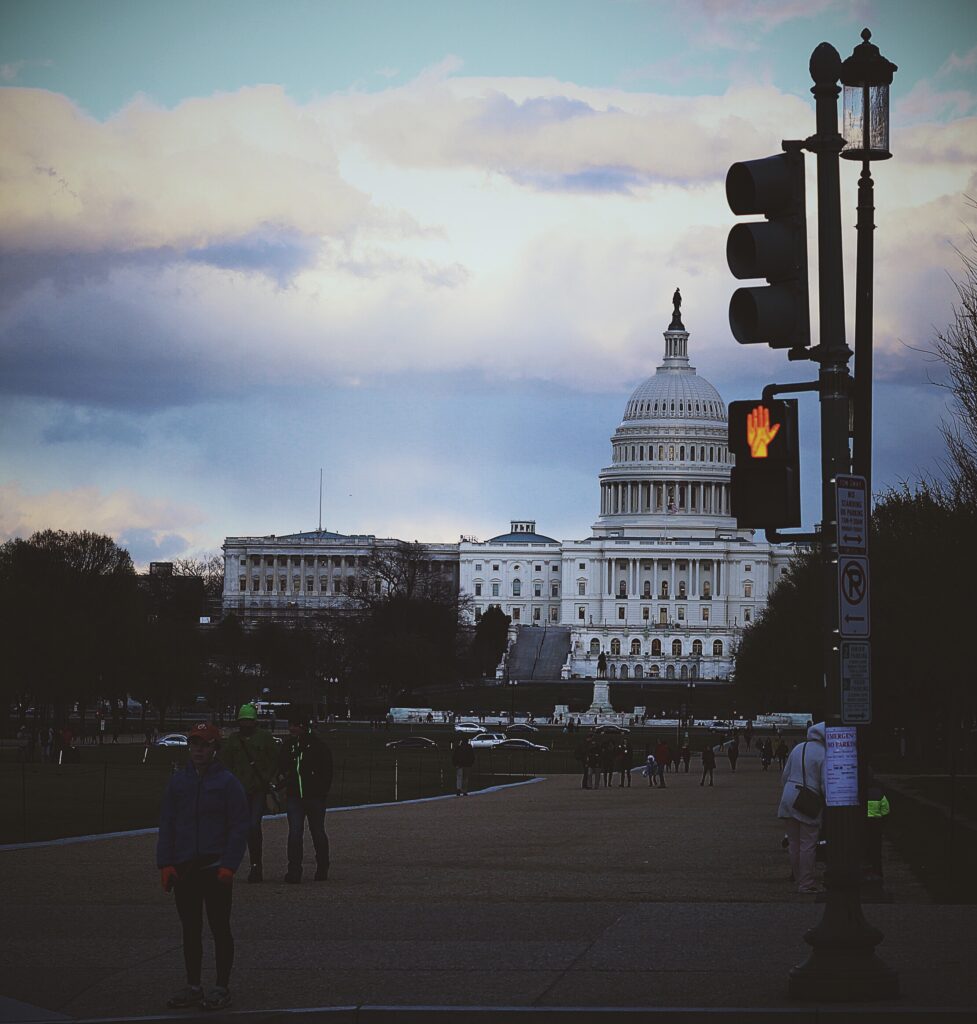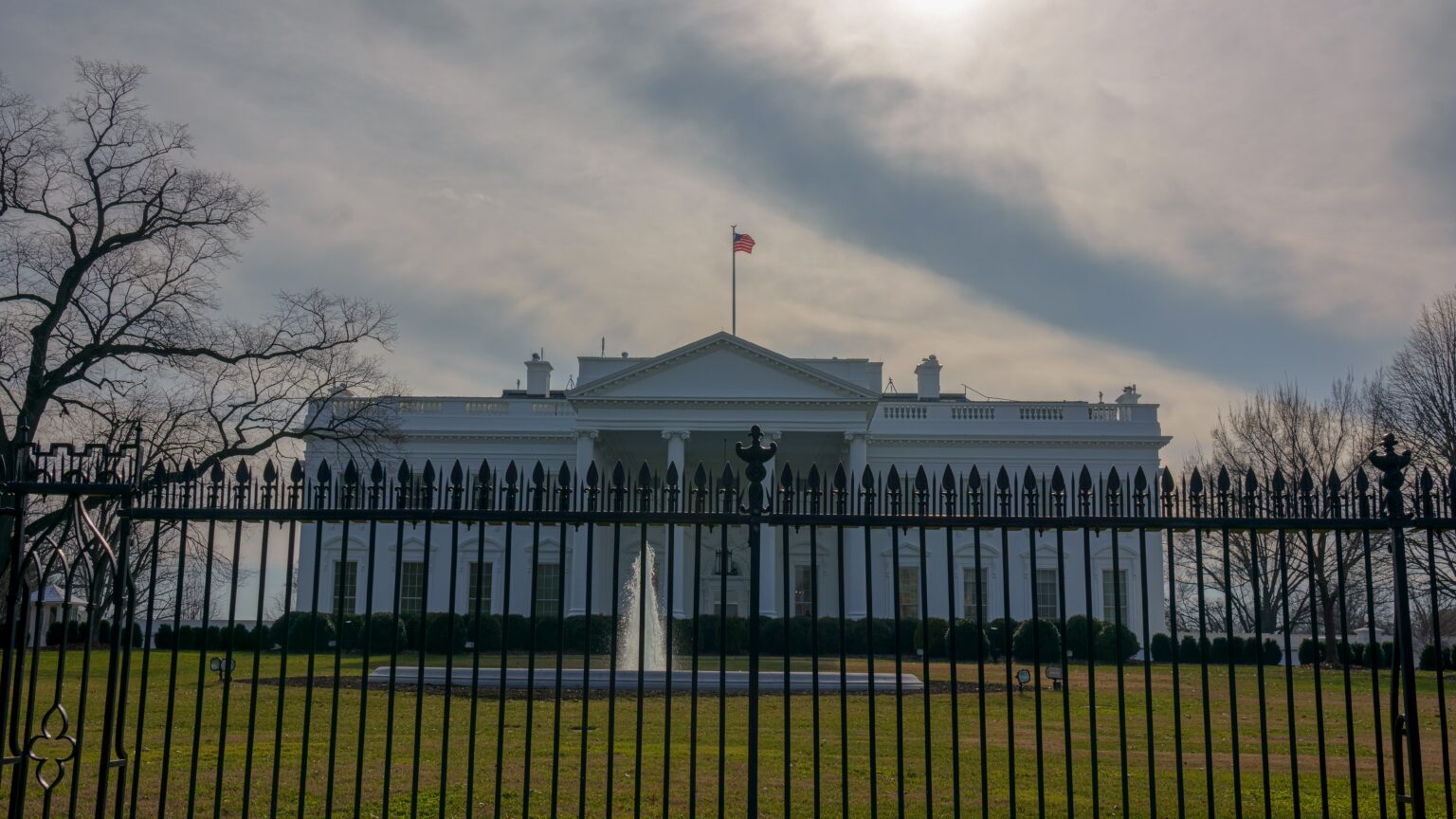
All Eyes on Telehealth as Federal Shutdown Continues
EDITOR’S NOTE Day 3 of the federal shutdown continues. This article by Mark Spivey is part of a special section today published by RACmonitor and

I’m going to skip over the topic of the hour with the government shutdown and address two actions the federal government has taken in the last couple of weeks that you also need to know about.
First, the Centers for Medicare & Medicaid Services (CMS) finalized a rule requiring Medicare Advantage (MA) plans to disclose their provider directories on the Medicare Plan Finder for 2027 open enrollment. The policy was actually initially proposed by the Biden Administration last year, but is part of an effort promoting increased transparency that President Trump has enthusiastically continued.
Pursuant to the rule, MA plans will now be required to submit their provider directory data to be published online by CMS, update the information within 30 days of being informed about any changes, and attest at least annually that the information contained in the directory is accurate. CMS also created a special temporary election period for people who select a plan based on provider directory information later found to be inaccurate.
CMS released a memo to insurers on the new change, stating that the disclosure is meant to increase beneficiaries’ access to data and help them make informed choices about their coverage. The agency will publish an operational guide imminently, which will provide additional information on the timing of milestones required by the rule.
CMS also noted that it did not end up finalizing the part of the proposed version of the rule that would have required MA organizations to attest that their directory data is consistent with data submitted to comply with CMS’s MA network adequacy requirements.
In other news, frequent readers may remember that President Trump ordered the federal government to phase out paper check disbursements for things like benefits payments, vendor payments, tax refunds, and more. He ordered agencies to transition to electronic funds transfer (EFT) methods like direct deposit and prepaid cards by Sept. 30, and that all payments made to the government be processed electronically as soon as possible.
The date is here, and most agencies are starting the phaseout period.
The executive order (EO) cited reasons for this change such as unnecessary costs, delays, and risk of fraud, lost payments, or theft.
The Bureau of Fiscal Service reports that check fraud has increased by 385 percent since the beginning of the COVID-19 pandemic. Reports on consumers without bank accounts indicate that they can be charged fees of up to 12 percent to cash checks. Checks are also reported to be 16 times more likely to get lost, stolen, altered, or delayed.
It’s also expensive for the federal government:50 cents per payment, compared to 15 cents for an electronic funds transfer check.
And finally, many other comparable countries made the switch away from checks years ago.
Critics have acknowledged that while this move may be the correct one, the phaseout might be too quick for the people who depend on federal disbursements the most.
The government has responded to these concerns by acknowledging that they will continue to provide beneficiaries with paper checks if they have no means of getting digital payments. There is also a plan to pursue a public awareness campaign.
Some banks, like JPMorgan Chase, have been informing customers about the impending change as well.
While it’s obviously a busy week for Congress, the Trump Administration continues its push forward on transparency and modernization initiatives.


EDITOR’S NOTE Day 3 of the federal shutdown continues. This article by Mark Spivey is part of a special section today published by RACmonitor and

EDITOR’S NOTE Day 3 of the federal shutdown continues. This article by Rose Dunn is part of a special section today published by RACmonitor and
Please log in to your account to comment on this article.

Sepsis remains one of the most frequently denied and contested diagnoses, creating costly revenue loss and compliance risks. In this webcast, Angela Comfort, DBA, MBA, RHIA, CDIP, CCS, CCS-P, provides practical, real-world strategies to align documentation with coding guidelines, reconcile Sepsis-2 and Sepsis-3 definitions, and apply compliant queries. You’ll learn how to identify and address documentation gaps, strengthen provider engagement, and defend diagnoses against payer scrutiny—equipping you to protect reimbursement, improve SOI/ROM capture, and reduce audit vulnerability in this high-risk area.

Only ICD10monitor delivers what you need: updates on must-know changes associated with the FY26 IPPS, including new ICD-10-CM/PCS codes, CCs/MCCs, and MS-DRGs, plus insights, analysis and answers to your questions from two of the country’s most respected subject matter experts.

This third session in our 2026 IPPS Masterclass will feature a review of FY26 changes to the MS-DRG methodology and new technology add-on payments (NTAPs), presented by nationally recognized ICD-10 coding expert Christine Geiger, MA, RHIA, CCS, CRC, with bonus insights and analysis from Dr. James Kennedy.

This second session in our 2026 IPPS Masterclass will feature a review the FY26 changes to ICD-10-PCS codes. This information will be presented by nationally recognized ICD-10 coding expert Christine Geiger, MA, RHIA, CCS, CRC, with bonus insights and analysis from Dr. James Kennedy.

During this essential RACmonitor webcast Michael Calahan, PA, MBA Certified Compliance Officer, will clarify the rules, dispel common misconceptions, and equip you with practical strategies to code, document, and bill high-risk split/shared, incident-to & critical care E/M services with confidence. Don’t let audit risks or revenue losses catch your organization off guard — learn exactly what federal auditors are looking for and how to ensure your documentation and reporting stand up to scrutiny.

Learn how to navigate the proposed elimination of the Inpatient-Only list. Gain strategies to assess admission status, avoid denials, protect compliance, and address impacts across Medicare and non-Medicare payors. Essential insights for hospitals.

RACmonitor is proud to welcome back Dr. Ronald Hirsch, one of his most requested webcasts. In this highly anticipated session, Dr. Hirsch will break down the complex Two Midnight Rule Medicare regulations, translating them into clear, actionable guidance. He’ll walk you through the basics of the rule, offer expert interpretation, and apply the rule to real-world clinical scenarios—so you leave with greater clarity, confidence, and the tools to ensure compliance.

Bring your questions and join the conversation during this open forum series, live every Wednesday at 10 a.m. EST from June 11–July 30. Hosted by Chuck Buck, these fast-paced 30-minute sessions connect you directly with top healthcare experts tackling today’s most urgent compliance and policy issues.
Happy National Doctor’s Day! Learn how to get a complimentary webcast on ‘Decoding Social Admissions’ as a token of our heartfelt appreciation! Click here to learn more →
CYBER WEEK IS HERE! Don’t miss your chance to get 20% off now until Dec. 2 with code CYBER24